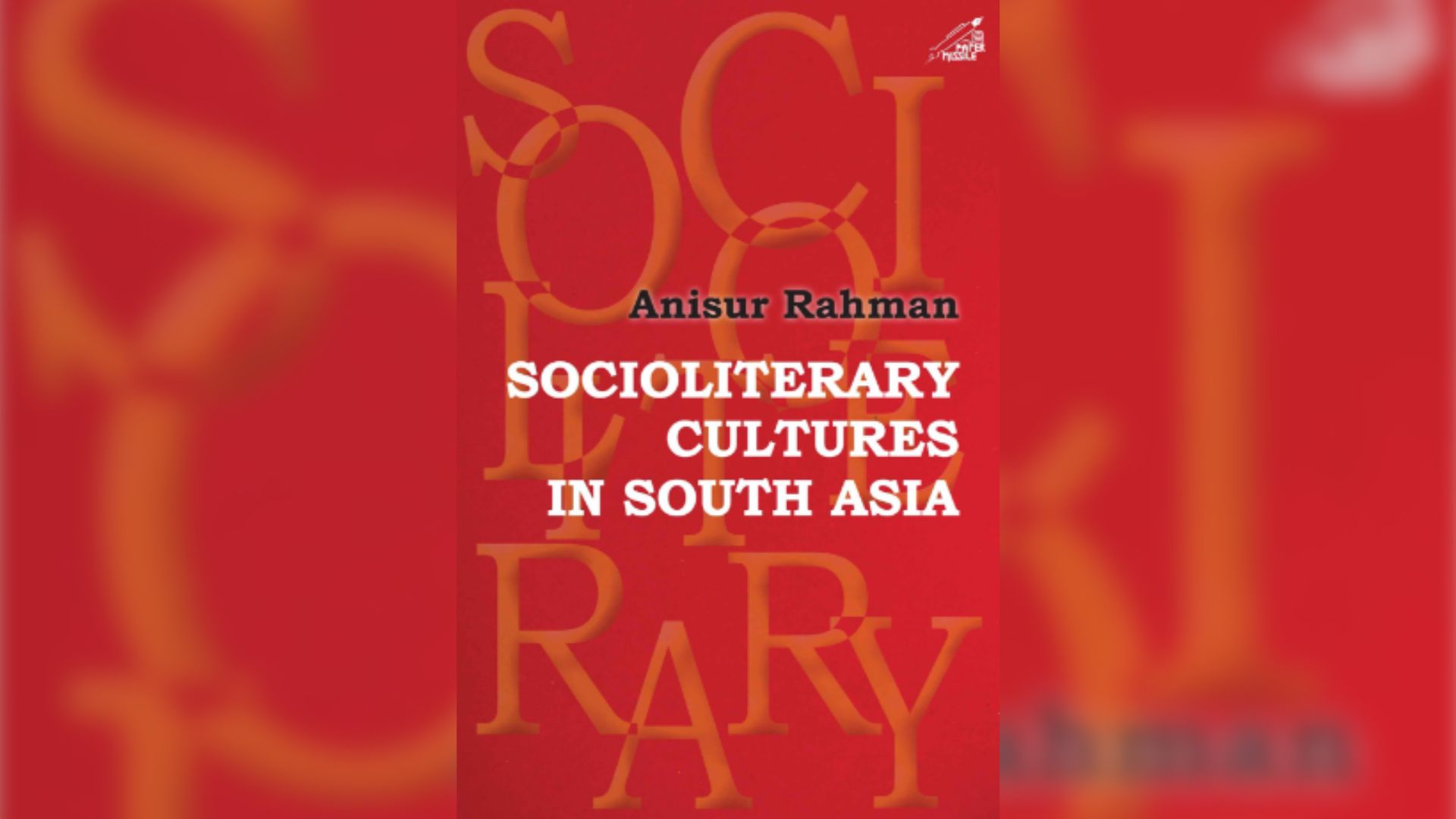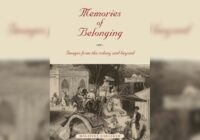The Calligraphy of Coils: The Poetry of Agha Shahid Ali
With the typical imagery of the ‘calligraphy’ and the ‘coil’, Agha Shahid Ali (1949–2001) revealed his Oriental connections rather unwittingly when he wrote: ‘The earth is a calligraphy of coils’ (‘From Another Desert’: ANMOA). This implies further that he perceived the earth as a complex script that recorded myriad conditions of being, as it moved in a circle. Ali’s poetry seeks sustenance from earth’s vitality, and it connects those conditions of being together in a synchronous whole. As such, persons, places, and predicaments; love, death, and loneliness; and language, form, and poetry are richly coiled together in a remarkable calligraphy. This calligraphy has no breaks or discontinuities; in fact, one extends into the other and creates what Edward Said called a ‘contrapuntal rhetoric’, marked by similarity of occurrences.
A strong rhetoric persuades strongly, as does Ali’s poetry, which seeks to connect the constituents of this calligraphy in an organic whole. His poetry is essentially a manner of seeking an address, a name, a way of belonging. He finds an address for himself in each of these conditions individually, as in all of them wholly. He creates an extremely rich community of beings composed of human and non-human, reverberating with life and invoking a rare empathy. Poets always yearn to achieve this state, but Ali does it differently with different attributes and baggage. He has his own space, his own people, his own influences, and his own longings. It is a longing for an individual identity, a form, or a language to speak in.
Places are vital presences in Ali’s poetry. He has a large space to operate upon in physical and poetic terms. A poet who lived and wrote in America was in America, and yet not in America. Ethno-racial labels of Indian-American, Asian-American, or Kashmiri-American did not work for him like neat labels or addresses of belonging. In calling himself a Kashmiri-American, he made vital pronouncements of being a Kashmiri at both the ends, as the label suggests, and remaining an American at the centre from where he could look back and forth. In hyphenating his locus, he achieved a metaphoric connectivity while retaining his space for himself with great conviction. Even though Kashmir is not at the centre of his identity tag, it remains so in spirit and has its constant pull on him. The very titles of these collections of poems— Rooms are Never Finished [RANF] (2001), The Country Without a Post Office [TCWPO] (1997), A Nostalgist’s Map of America [ANMOA] (1991), and The Half-Inch Himalayas [THIH] (1987)—are indicative of his being space centric. ‘The Blessed Word: A Prologue’ spells it out rather dramatically:
Let me cry out in that void, say it as I can. I can write on that void:
Kashmir, Kaschmir, Cashmere, Qashmir, Cashmir, Cashmire,
Kashmere, Cachemire,
Cushmeer, Cachmiere, Casmir. Or Cauchemar in a sea of stories? Or:
Kacmir, Kaschemir, Kasmere, Kachmire, Kasmir, Kerseymere?
(TCWPO: 3)
This is like calling a beloved by many names. The poem invokes various images of Kashmir: its glorious past, its murky present, the festival of Id-ul- Zuha, chinar leaves, songs of the legendary Habba Khatoon, Jhelum, and Zero Bridge. More importantly, he is moved by Osip Mandelstam, a Russian poet, whom he quotes in the epigraph to this poem—‘We shall meet again, in Petersburg’—and appropriates this reference for his own sake in saying: ‘He reinvents Petersburg (I, Srinagar), an imaginary homeland, filling it, closing it, shutting himself (myself) in it’. (3)
Several other poems invent and reinvent the images of Kashmir and confirm Ali’s concern vigorously. In all these poems, Kashmir emerges as a point in space that suffers and resuscitates, but remains a living entity both in memory and reality. It shines in its glory and remains a constant historical, political, and cultural reference:
I will die, in autumn, in Kashmir,
and the shadowed routine of each vein
will almost be news…
(‘The Last Saffron’, TCWPO: 13)
Again I’ve returned to this country
where a minaret has been entombed.
(‘The Country without a Post Office’, TCWPO: 25)
Kashmir is a constant refrain in Ali’s poetry. It is a refrain of love, anger, and despair. The examples quoted earlier underline his concern with his home and his identity. He assembles them, image by image, spread all around in the land of his birth. The place is rehabilitated in reality, memory, and fantasy. His cartographic imagination works to create a map of belonging for him. While he can identify his locus, he can also extend its frontiers liberally, allowing one to enter into the other. As such, one place becomes all places and all places become one. Kashmir melts into Amherst (‘Lenox Hill’, RANF), Pennsylvania, Ohio, and Arizona into Calcutta (‘In Search of Evanescence’ ANMOA), Delhi into Arizona (‘Snow on the Desert’, ANMOA), the valleys of Kashmir into the peaks of Zabarvan (‘A History of Paisley’, TCWPO), and so on. The memories of the place are not evoked in Ali in the way they are evoked in those living in a state of forced exile. In his case, they are evoked out of his intense concern for the land. This concern is both political and cultural in nature, and has significant implications in the growth of Ali as a poet, a citizen, a political being, a cultural historian, and a myth-maker.
[Niyogi Books has given Fair Observer permission to publish this excerpt from Socioliterary Cultures in South Asia, Anisur Rahman, Niyogi Books, 2019.]
The views expressed in this article are the author’s own and do not necessarily reflect Fair Observer’s editorial policy.
Support Fair Observer
We rely on your support for our independence, diversity and quality.
For more than 10 years, Fair Observer has been free, fair and independent. No billionaire owns us, no advertisers control us. We are a reader-supported nonprofit. Unlike many other publications, we keep our content free for readers regardless of where they live or whether they can afford to pay. We have no paywalls and no ads.
In the post-truth era of fake news, echo chambers and filter bubbles, we publish a plurality of perspectives from around the world. Anyone can publish with us, but everyone goes through a rigorous editorial process. So, you get fact-checked, well-reasoned content instead of noise.
We publish 2,500+ voices from 90+ countries. We also conduct education and training programs
on subjects ranging from digital media and journalism to writing and critical thinking. This
doesn’t come cheap. Servers, editors, trainers and web developers cost
money.
Please consider supporting us on a regular basis as a recurring donor or a
sustaining member.
Will you support FO’s journalism?
We rely on your support for our independence, diversity and quality.







Comment